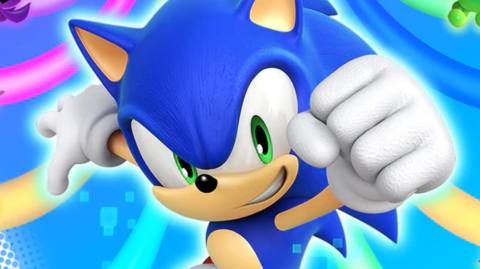
The headlines have concentrated on the issues surrounding the Switch version of Sonic Colours Ultimate – and let’s be clear, there are problems there – but we wanted to take a look at the remaster from a more global perspective. After all, the game is playable on three different PlayStations and a total of four Xbox systems, so how well does the game fare overall? is the remastering work of a decent quality? These are all questions worth answering because fundamentally, the original Sonic Colours was an excellent Wii title and it’s a game well worth improving and modernising for the today’s systems.
Released in November 2010, Sonic Colours builds spectacularly upon the foundation formed by Sonic Unleashed – stages seamlessly transition between full 3D sections and 2D side-scrolling sections as you play. Sonic has a lock-on, a boost button and a slide, among other things. It may seem slightly overwhelming at first blush but once you become accustomed to the controls and level design, it starts to flow beautifully. As you nail boost pads, springboards and bounce off enemies in quick succession, it feels highly satisfying. It’s this rhythm that defines boost Sonic games – it’s different from classic Sonic but you get that same buzz from maintaining a clean run.This is also complemented by a fantastic soundtrack with a wide range of composers contributing to its production.
There’s plenty of room for the remaster to improve the experience though: the frame-rate was limited to 30fps and being a Wii game, image quality was limited to 480p – the camera often zooms way out to show off the scenery and on Wii, this makes it difficult to even track Sonic’s location sometimes due to the low resolution. When you fire up the remaster for the first time, you’re presented with a logo trumpeting the use of the Blind Squirrel Engine but what does this mean? Well, according to ‘Skyth’, who did some digging into the game files, it still uses the original C++ code and the Hedgehog Engine but the graphics backend is handled by the Godot Engine. Godot is completely free and open-source under the very permissive MIT license.
